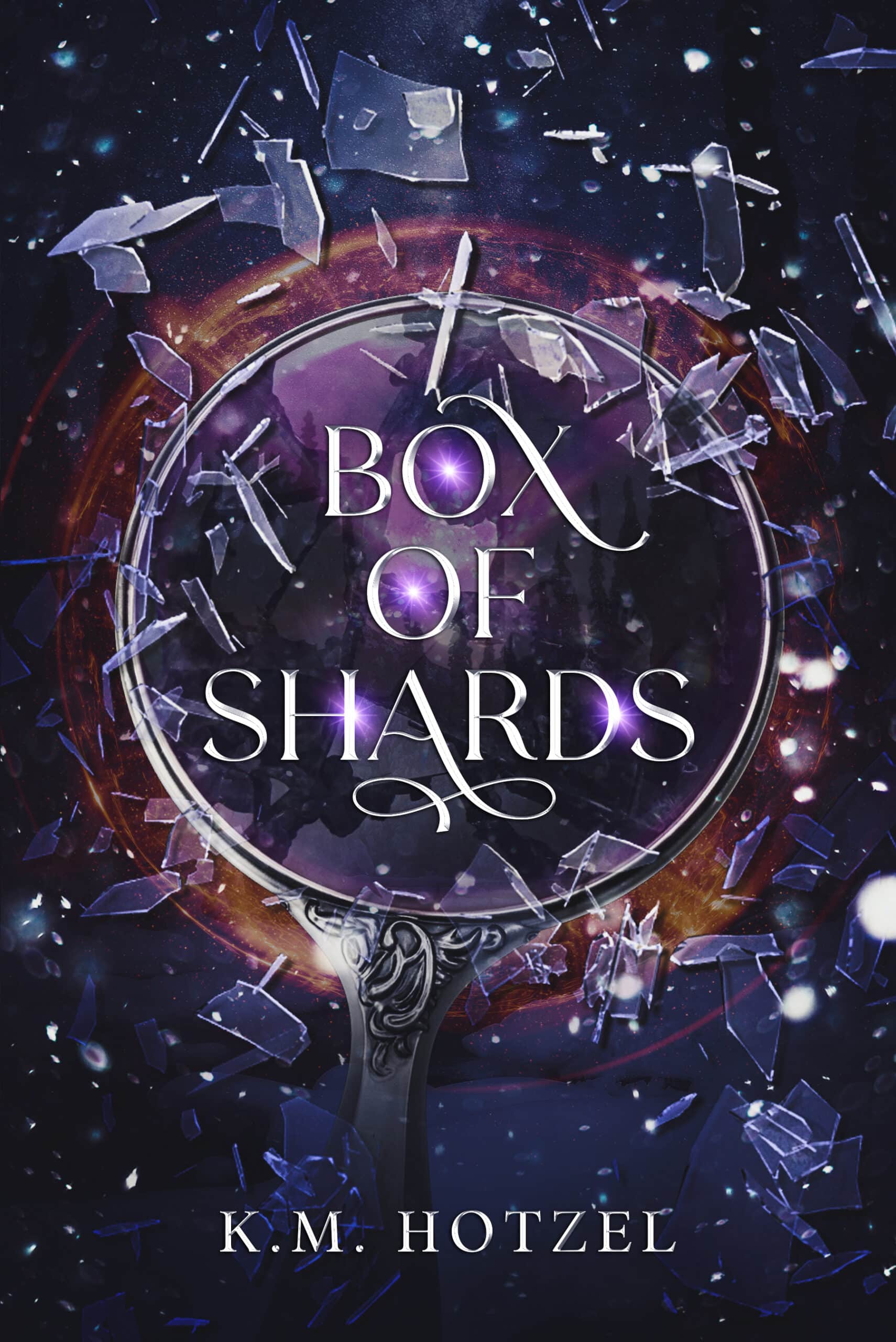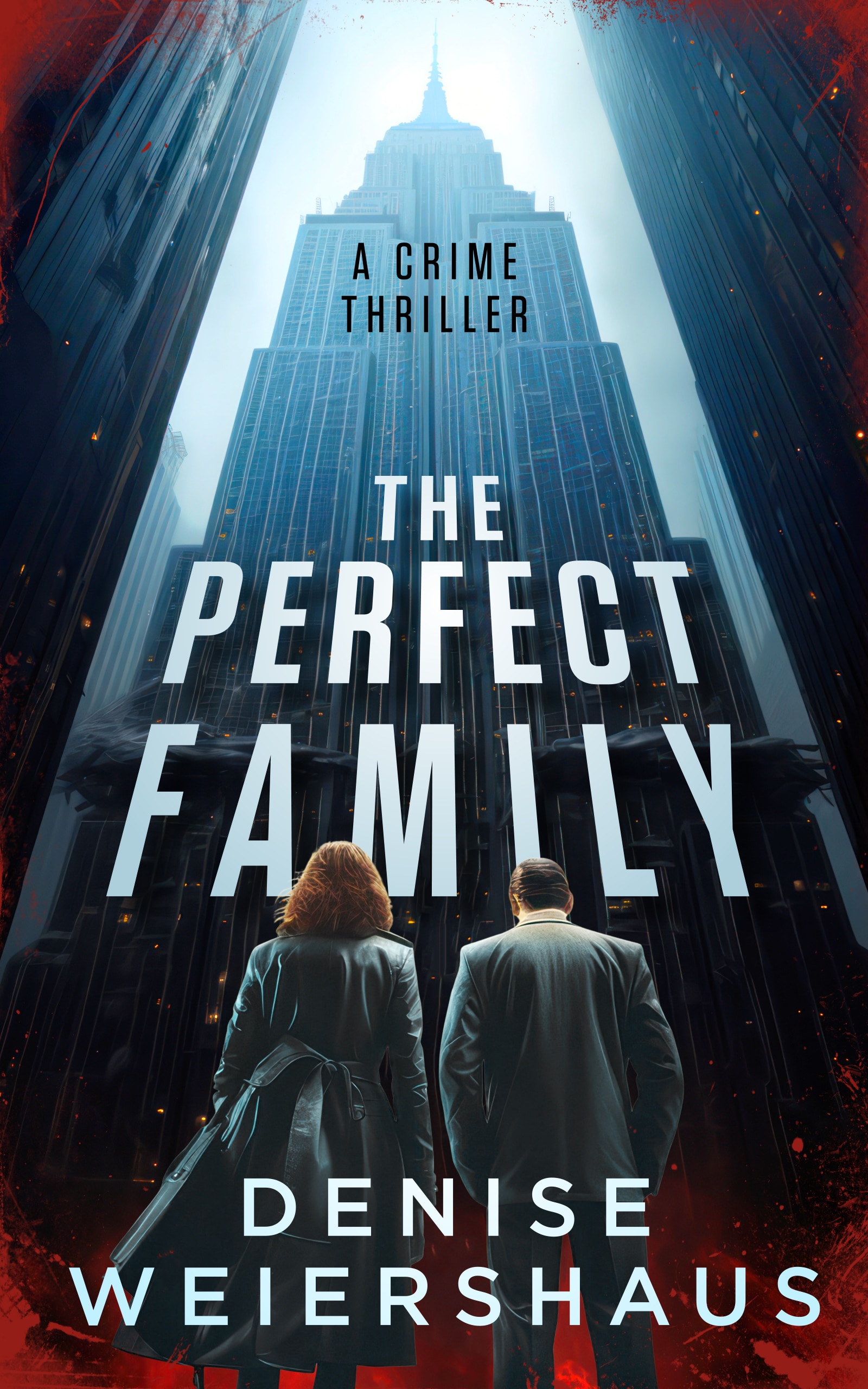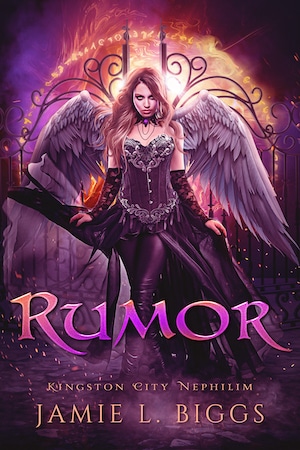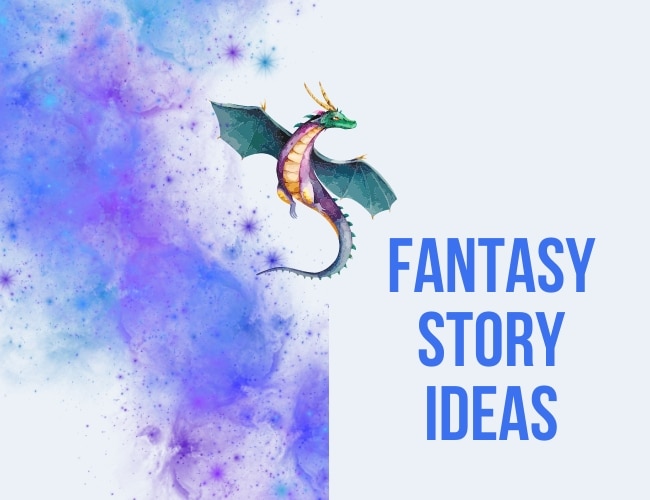
by Ruthanne Reid |
Fantasy as a genre includes a wide range of characters, quests, mythical creatures, and fantasy worlds. I love to escape everyday life in fantasy stories where there’s powerful magic coupled with compelling storytelling.
Here are twenty fantasy short story ideas to help you create your own!
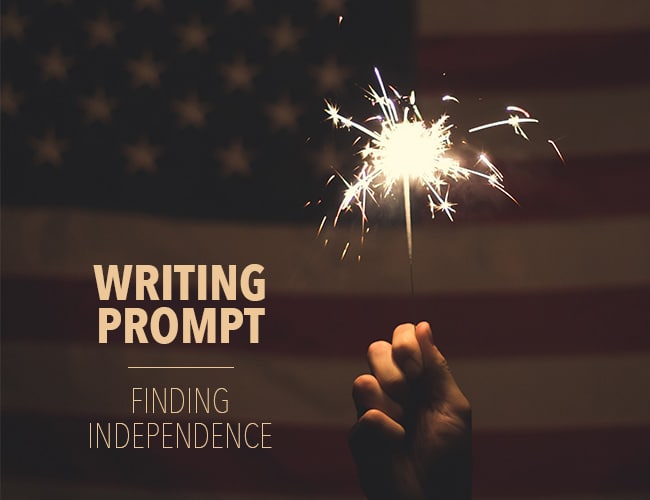
by David Safford |
We all long for independence. It’s hard-wired into the human spirit.
Perhaps this is because we all know what it feels like to be trapped. Have your circumstances ever penned you in? Have you ever been forced to look to something or someone else for sustenance, when you would rather be standing on your own feet?
That’s what today’s writing prompt is all about.
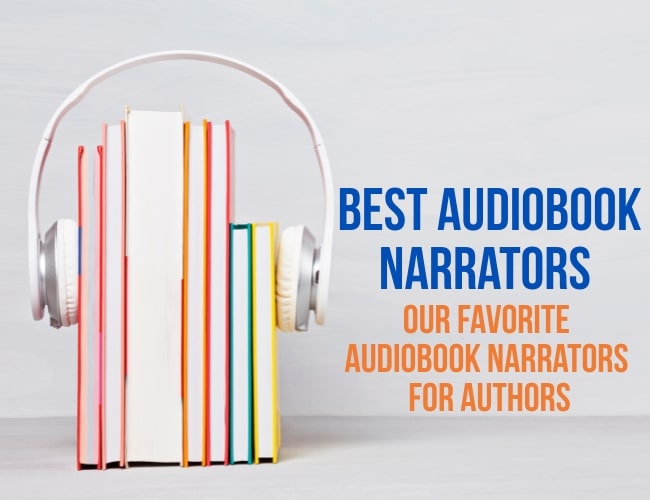
by Joe Bunting |
Getting an audiobook produced for your book opens up a whole new group of readers. In fact, about 26 percent of readers only listen to audiobooks, according a study done by the Library Journal. Which means, if you don’t have an audiobook, you’re losing readers. But how do you get an audiobook produced, and how do you choose the best audiobook narrator for your book?
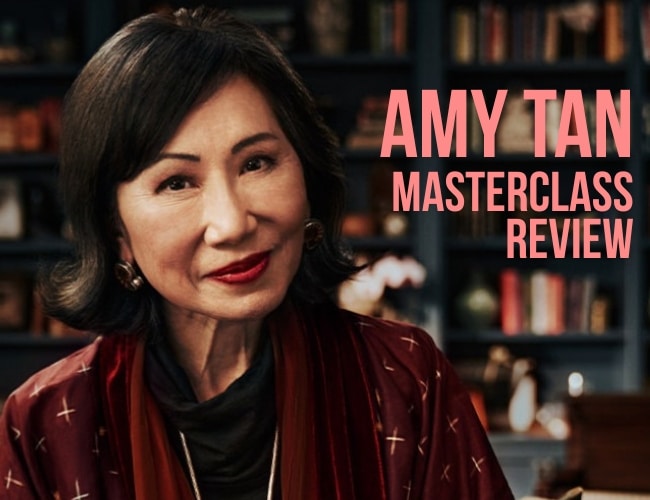
by Elizabeth Nettleton |
“Fiction is actually one of the best ways for finding truth,” Amy Tan says. If you’re looking to uncover the truth in your own writing—and make it even more authentic and emotionally impactful—her MasterClass might be exactly what you need. In this Amy Tan MasterClass Review, I’m sharing my honest thoughts about the course and whether I think it will help you bring your characters and stories to life.
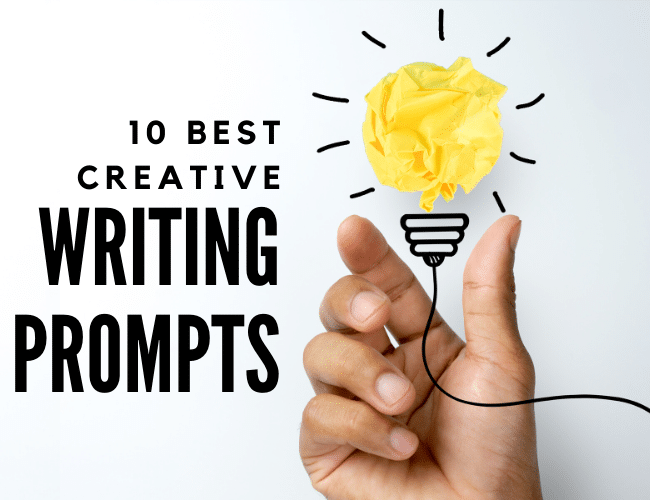
by Joe Bunting |
You get better at any skill through practice, and creative writing prompts are a great way to practice writing.
At the end of every article on The Write Practice, we include a writing prompt so you can put what you just learned to use immediately. And we invite you to share your writing with our community so you can get feedback on your work.
The Write Practice is more than just a writing blog. It’s a writing workbook, and we think it’s the best one on the Internet (of course, we’re a bit biased).
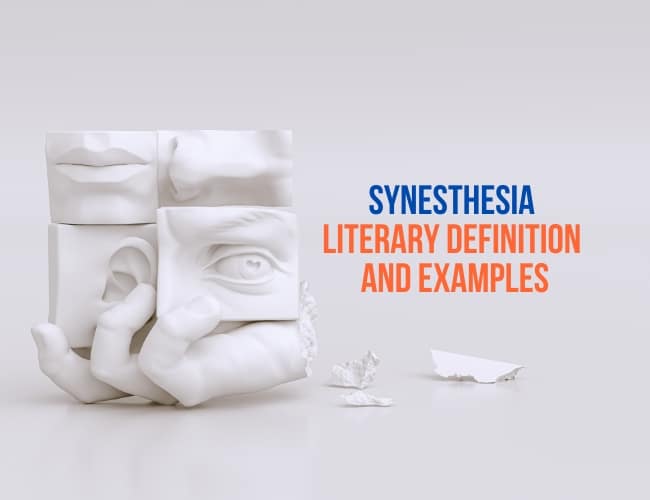
by Robert Harrell |
Synesthesia describes a specific sensory experience whether lived or literary. Today we’ll explore a synesthesia literary definition and examples to help you understand this fascinating sensory phenomenon.






